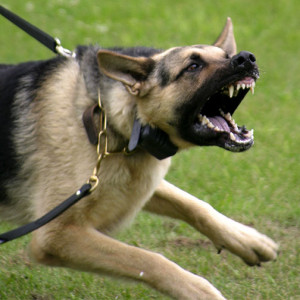 I was an extremely lucky kid growing up.
I was an extremely lucky kid growing up.
I grew up on the Lees River in Swansea, MA and was able to spend summers swimming and playing around the water.
Because I grew up by the water I can do most water sports. Swim, scuba dive, sail, snorkel, row, fish, water ski, you name it, I can do it.
This made very comfortable around water… a little too comfortable.
You see, one day I was water skiing with my brother-in-law and some friends on the South Wattuppa Pond in Fall River.
We had been skiing for a few hours when I wiped out about hundred yards from shore. I told them I was going to swim in and gave them my lifejacket.
As I watched them speed away I realized I had made a mistake.
A huge mistake.
As I started to swim I found out that I was fatigued. Water skiing requires a lot of strength and I was done. I had next to nothing in the tank. I started to panic. I called to shore but no one could hear me.
My brother-in-law was long gone. Luckily, I was able to calm myself down. I used the least amount of energy to just keep my head above the water. I gently, patiently, paddled my way to shore. When I finally hit dry land I was shaking like a leaf in a wind storm.
That day changed the way I felt about being around the water. I do not fear it, but I have much more respect for it.
I share this with you because over the weekend I was reading advice on how to handle different behavior problems like jumping, barking, etc. on many of the popular websites. The prevailing conventional wisdom is that you should never use any type of negative consequence because it could result in…
…fallout!
Fallout is the consequence of using punishment, and I know this going to make some trainers reading this howl like a banshee and may result in some of them bashing their heads against the computer screen when I say this but here goes:
Fallout is good.
Yeah, I said it.
Fallout is part of the learning process. And believe it or not, GOOD THINGS COME FROM NEGATIVE EXPERIENCES!
Almost drowning had serious fallout for me. I didn’t do anything around water for a few weeks. Instead, I occupied myself with movies and bookstores.
But it didn’t keep me away forever. And I NEVER forgot the experience. I am now much safer and cautious around water.
If you work with aggressive dogs, there is a good chance that you’ve been chewed up a time or two. I don’t know how you can avoid it. I was attacked by a dog named Scar (I’m not making this up) years ago.
Scar attacked me with such ferocity and was 100% devoted to taking me out. It scared the crap out of me and for weeks I was a little shaky around dogs. But Scar made me a better dog trainer.
A very negative experience that resulted in me helping more aggressive dogs.
I do understand why trainers are leery of using or talking about using punishment. Any trainer that has been around for a while has seen dogs that completely shut down or have developed aggression problems because someone was too heavy handed with them.
The old school “yank and crank” trainers did tremendous damage to dogs and caused all sorts of problems. You talk to an old school trainer about using treats and get ready to have your head chopped off. I worked for a guy that if he caught you using treats, you were fired on the spot – crazy.
I watched this same guy deal with an ankle biter by literally booting the dog across the room. So I understand why so many trainers shun any kind of punishment. I’ve seen horrible things done by the “yank and crank” crowd in the name of training.
It’s funny because I’ve been in this business long enough to see the pendulum swing in the other direction. Talk to a “positive only” or “force free” trainer about using negative consequences and look out. They will open a giant can of whoop ass and unleash a s#!T storm of negativity and actual physical threats on you!
I’m not kidding.
Punishment can cause problems, but so can using just positive reinforcement. Instead of banishing punishment as an effective way to deal with behavior problems we need to learn and understand how to use it to help more dogs.
It’s time for the “Positive Only” “Force Free” people to relax and accept that training requires a balance. That we have to use a combination of positive and negative consequences to train dogs to be well-behaved and friendly.
It’s time to take an objective look at and use all four of the behavior quadrants, to put emotion and feelings aside and start helping more dogs.
Too many dogs end up on a cold table, shaking, wondering what is going to happen next as a vet walks into the room with a needle full of phenobarbital.
And just so you don’t think I am talking out my butt, that I do this (dog training) in real life, you can see a dog that I worked over this past month with that was very reactive.
In three weeks time she went from barking and lunging at anyone coming into the house to laying on the floor and letting me pet her. I used a combination of Negative AND Positive consequences. You can check it out here:
Best,
Eric
